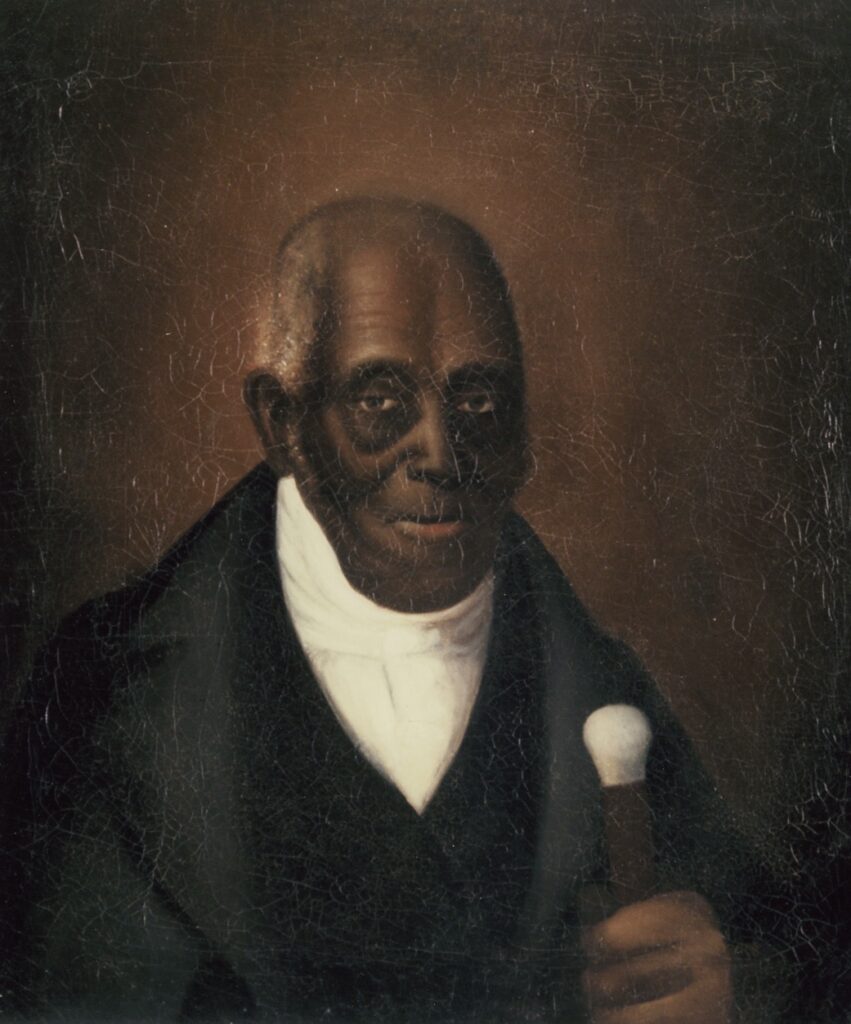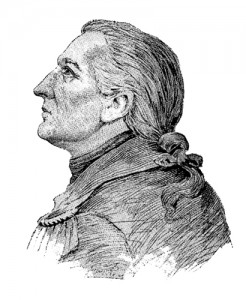Welcome to Bidwell Lore number 141! This week we begin discussing Agrippa Hull’s service in the Revolutionary War and his time with General John Paterson.

Agrippa Hull and General John Paterson
Rick Wilcox, 2022
“Sing, O goddess, the anger of Achilles, son of Peleus, that brought countless ills upon the Achaeans. Many a brave soul did it send hurrying down to Hades, and many a hero did it yield a prey to dogs and vultures, for so were the counsels of Zeus fulfilled from the day on which the son of Atreus, king of men, and great Achilles first fell out with one another.” [1]
From the June 8, 1938, Berkshire Evening Eagle:
“LEE — The Evening Star Lodge of Masons received its charter June 6, 1795. Paul Revere was grand master of the grand lodge when the application was made, and the charter bore his signature.
Lee’s Masonic lodge is the oldest in the 16th Masonic district and has a history which is somewhat remarkable, and of unusual interest to members and their families and friends. In every Berkshire Mason’s memory is the celebration of the 100th anniversary of this Masonic body, when all the lodges of Berkshire County, the grand lodge and a number of lodges from Connecticut joined in a big event at Lee on June 6, 1895 and again, a year later, when the same Masons gathered at Great Barrington to assist the Cincinnatus lodge in celebrating its 100th anniversary.
Lee and Lenox Masons may well be proud of the record of their lodge, when Masonry was in full bloom, and also during the 20 or more years when the craft was under a cloud because of the Morgan incident, when many lodges suspended work altogether and surrendered their charters to the grand lodge. [In 1826, Free Mason William Morgan of New York, who was preparing to publish an expose of the order, was allegedly abducted and presumed murdered.] In those “dark days” as they were called, the old Lee patriarchs met in the attic of Jared Bradley’s house and conducted their services and did their work hampered, not unlike the Christians of old.
The grand lodge records state that Simon Leonard and others applied for the charter, and as the first records of the Evening Star were destroyed in the great fire of 1857, the first officers are not known, beyond the fact that Judge William Walker was the first master. There is a list of 22 masters during the first century and 65 since the constitution of the lodge. The record of the subordinate officers is complete from the date of the fire, the last 80 years, and are in the archives of the lodge, together with the workings of the lodge and the charitable activities since that time.
There is a strong belief that George Washington was a visitor at the Evening Star lodge, when General Paterson was one of the leading Masons. The old records proving this were among those destroyed. The two men, fast friends in the Revolution as well as in Masonry, visited many lodges, and at the first meeting of the Cincinnatus lodge, Washington’s name appears first in the record and Paterson’s second.”
Okay, so I went down another rabbit hole. George Washington never set foot in Berkshire County, but he did sign Agrippa Hull’s discharge papers at West Point. Most unfortunately those discharge papers, in 2003, were in the possession of a gentleman in Pennsylvania, who, sadly, was disinclined to part with them.
As you may remember from an earlier Bidwell Lore article, Major General John Paterson (1744-1808), of Lenox, was an important local figure in the Revolutionary War. Agrippa Hull was his “body servant” until “stolen” away by General Tadeusz (Thaddeus) Kosciuszko. More than 225 men from Lenox participated in the Revolutionary War and those they left at home sacrificed as well. What follows is a little background on General Paterson.

John Paterson was born in 1744 in New Britain, Connecticut. His father, John Paterson, died of yellow fever while fighting for England in the Caribbean. John the younger graduated from Yale in 1762 at age 18, that same year his father died in Havana. He came home to settle his father’s estate and study law. He became a justice of the peace shortly after he started practicing law. That would have provided at least some regular income at a time when all legal documents had to be witnessed by a justice of the peace. He married Elizabeth Lee, of Farmington, in 1766. Paterson moved his family and his father-in-law to Lenox around 1774, where he became involved in town affairs.
Not long after he arrived in Lenox, Paterson was chosen Clerk of the Propriety. Colonial proprietorships controlled the distribution of land in Massachusetts towns. The proprietors, having purchased the land making up Lenox , stood to make considerable money on the resale of that land.
In July 1774, he represented Lenox at the Berkshire convention to discuss the non-importation agreement and to the state government meeting in Salem under the auspices of the Committees of Correspondence — and in protest of the royal government. By April 20th, 1775, news of the Battles of Lexington and Concord had come to Lenox and by the next morning, they were armed and on their way to Boston, led by John Patterson. As of May 26, 1775, Paterson was able to assure the Commonwealth’s Committee of Safety that his Berkshire County regiment had 496 men and was actually in the field.
On June 15, 1775, Colonel Paterson’s regiment was transferred from Minute Man (militia) status to the Continental Army for an eight-month enlistment. Paterson would serve, with only a brief furlough, until 1783. 1776: the relief of General Montgomery and Benedict Arnold’s invasion of Canada. Christmas Eve crossing of the Delaware and successful attack on Trenton. 1777: Battle of Princeton-Battle of Saratoga-Valley Forge Winter. 1778: Battle of Monmouth. 1778-1781: Commander of West Point and various duties to hold the Hudson Highlands (including encampment at Newburg). As Major General, John Paterson went back into military service in 1786 to aid in the suppression of Shays’ Rebellion. [2]
Next week we will talk about another important local figure in the Revolutionary War with a connection to Agrippa Hull, Tadeusz Kosciuszko.
1. The opening verse of Homer’s Iliad.
2. The Life of John Paterson: Major General in the Revolutionary Army, Thomas Egleston, G.P. Putnam’s and Sons, 1894.